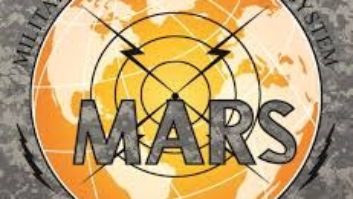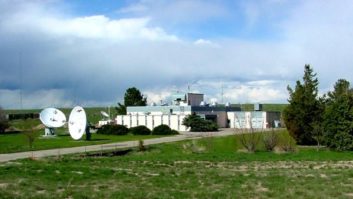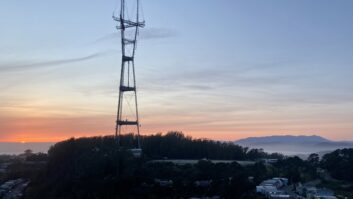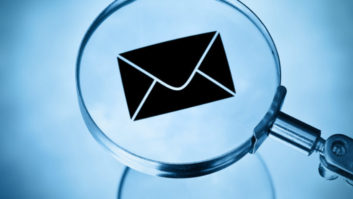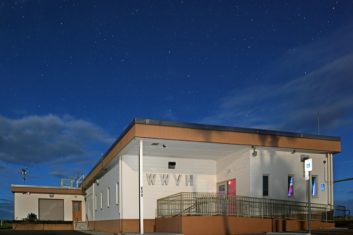
While I agree with most of the points raised by the author of “Why WWV and WWVH Still Matter,” as an engineer I’ve long abandoned zero beating WWV to calibrate local frequency references.
In fact I owned a WWVB comparator, basically a loop antenna and TRS receiver tuned to 60 kHz that permitted fairly precise calibration but took many minutes to center the reading due to the typical path instability of radio waves, even using the ground wave, which is only useful in daylight hours.
At night WWVB is unusable for frequency/phase measurements due to skywave propagation but is the best time for those so called atomic clocks to calibrate to the slow time code repeated once a minute on a daily basis.
So, how do I calibrate the frequency references of my frequency counters and spectrum analyzer used for broadcast engineering? The answer is GPS.
The line-of-sight microwave band signals provide much less jitter, especially when more than one SV is used for a timing solution. You can buy GPS timing receivers on eBay and elsewhere for under $100. Add a cheap patch antenna or a quality outdoor antenna and you’re good to go.
You’ll get both data for time of day and a precision 10 MHz reference signal you can lock to a synthesized RF signal generator to dial in any frequency precisely. And just in case a GPS signal is for some reason not available I have an old Rubidium Atomic Oscillator on hand, also quite inexpensive second or third hand.
So, ultimately as nice as WWV is to have around, except for WWVB there really isn’t a great need for HF time signals anymore.
The author is chief engineer of Monadnock Broadcasting Group in Keene, N.H.
